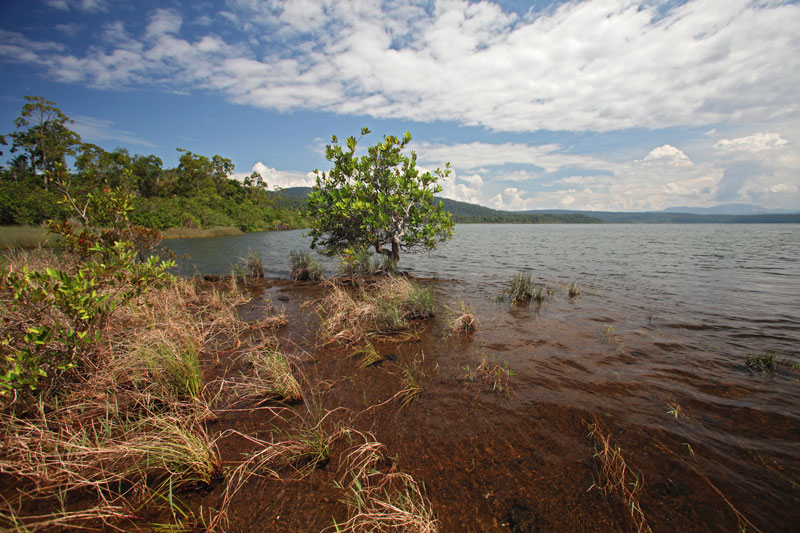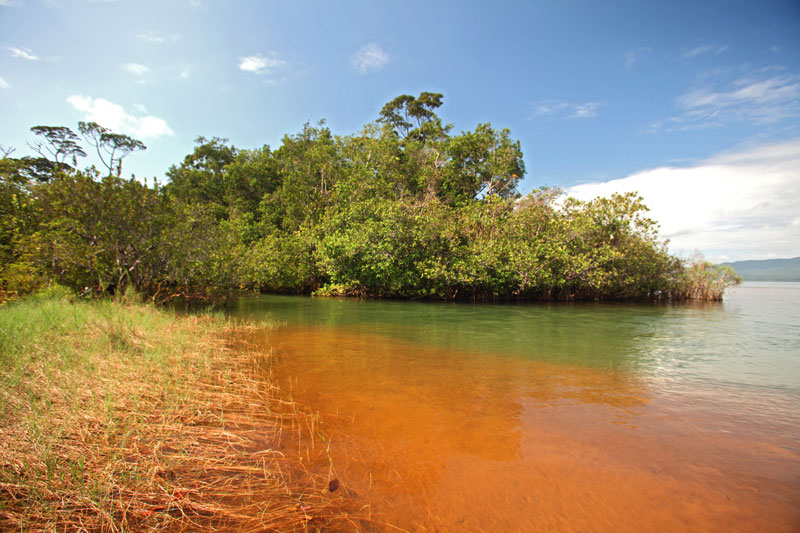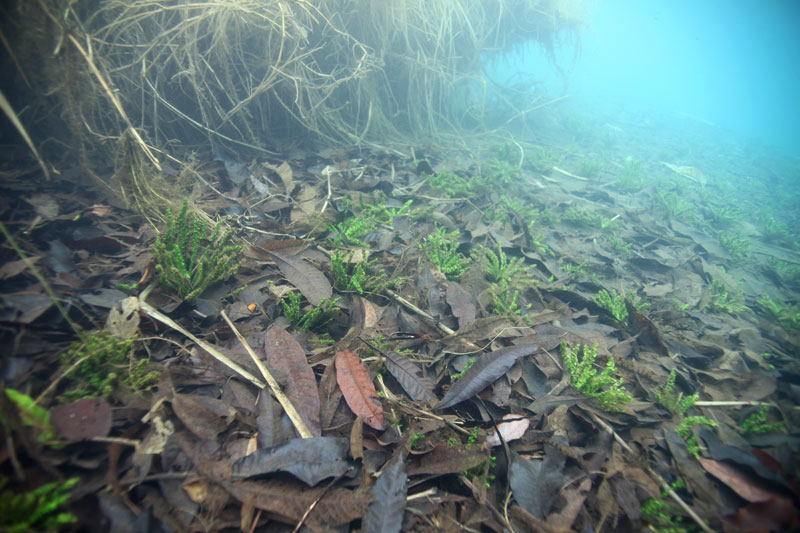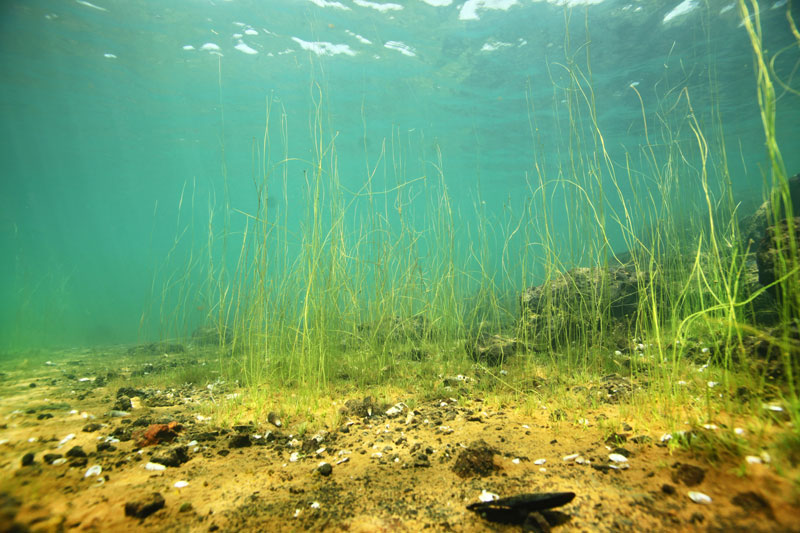botanical impressions
Mahalona Lake, Sulawesi
(Pictures: Chris Lukhaup / Stefan Hummel)
In 2011, the large Indonesian island of Sulawesi was on our tour schedule. It is not yet as developed as other islands in Indonesia and offers a variety of incredibly beautiful impressions of different landscapes and cultures.
Our exact goal was to explore the Poso Lake and the Malili Lakes in Central Sulawesi.
On this trip we were traveling in a larger group this time. Chris Lukhaup and Stefan Hummel as well as the brothers Carsten and Frank Logemann and as guide Dr. Thomas von Rintelen from the Museum of Natural History in Berlin. His specialty are the freshwater snails from Sulawesi.
Our "Hunter" team landed in Jakarta on June 13th, 2011 in the late afternoon, from where the next morning we took the plane to Makassar and then the car to the first lake. The destination is called Poso Lake and can only be reached after another 12-14 hours by car, from here, for example, the Caridina caerulea / blue-footed shrimp comes.

Eriocaulon covers the ground in the shore area - Matano Lake.
Then we continue to Lake Matano and Lake Towuti, from where the most famous of the Sulawesi shrimps comes, the Caridina dennerli / cardinal shrimp. One or two tributaries to the lakes are also searched for new and interesting things from the animal and plant world.

The Mahalona Lake is the smallest lake in the Malili group. It lies exactly between the very deep Matano Lake and the large Towuti Lake. From Lake Towuti there is a connection to get over the Tominanga River into the lonely Mahalona Lake. One or the other rapids have to be overcome, this can be very dangerous and risky depending on the season and the amount of water.

Another fact accompanied us that day. The area is known for some saltwater crocodiles that live in the mouth of the Tominanga River as well as in Mahalona Lake. Saltwater crocodiles can grow up to 5 m tall and are very aggressive. Each dive was mostly of a very short duration in order to get good underwater habitat pictures. Our local boatmen explained that the crocodiles would usually only become active in the late afternoon, but that didn't really calm us down.
In a larger shallow water zone we discovered a magnificent population of Limnophila aromatica with numerous flowers. This plant is very variable in appearance and widespread in Southeast Asia. In the aquarium the plant needs a high light intensity with rather softer water. In contrast to other stem plants, it is rather slow growing.

The next botanical encounter in Lake Mahalona was with the endemic plant Ottelia mesenterium. It occurs only in the three Malili lakes Matano, Towuti and Mahalono lakes.
We discovered the plants through the flowers floating on the surface of the water. A successful culture in the aquarium has not yet succeeded - this beauty with the curled leaves is probably not adaptable enough.

During one of the few and short dives (due to the crocodile) we discover up to 2 m long strings that seem to have grown out of the ground. Upon closer inspection, one recognized small rosette-shaped miniature plants. It was a rare Nymphoides species.
It is also called Nymphoides sp. 'Lymnocharus' and is not found in the aquarium hobby. Here, too, this little plant seems to be only something for botanic freaks. This plant is definitely interesting - it reaches the surface of the water with the help of the "threads" in a tiny tiny way to form a floating leaf with a tiny flower.
Back to List